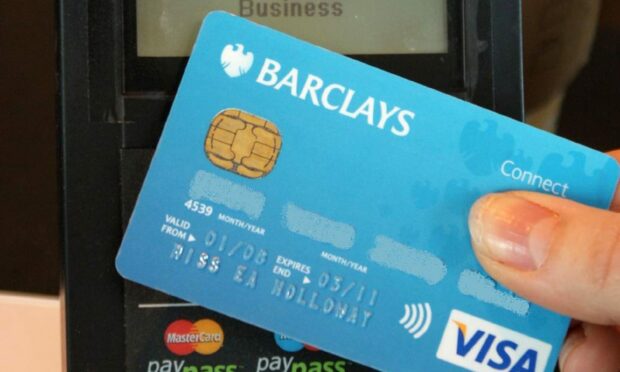First it was paying for parking. Tap, paid. How easy was that?
Then it was a tap for the midweek shop. But not the big weekly shop, mind, because that was almost always over the £45 limit and so needed the extra time spent inputting a 4-digit pin and pressing a green button signalling confirmation. Who has time for that kind of faff these days?
I’m old enough to remember when “chip and pin” was first introduced and distinctly recall the outcry – how on earth would it be possible to remember that four number string that gives access to your cash stash? What if you forgot – would you be locked out of the banking system forever?
Before that there were point of sale devices that required a signature, and before that, even, imprint machines that took a triplicate carbon copy of your card – one for you, one for the till and a one for the bank that processed the payment.
Remember your pin?
Look how far we have come. Of course we all now know our pin (albeit I confess I have a secret list of the codes for the lesser used cards, but shhhh don’t tell my bank).
Yet for every step into the brave, cashless new world there are always risks to consider.
The national roll-out of the new £100 spending limit for contactless card payments began Friday.
HM Treasury and the Financial Conduct Authority (FCA) – the body responsible for consumer protection – first announced plans for the extension in August.
At the time, chancellor of the exchequer Rishi Sunak hailed it as a benefit for consumers as people emerged from Covid restrictions to spend, spend spend – making millions of payments simpler and “providing a welcome boost for retailers and shoppers”.
Beware the pickpockets
Yes there are downsides. Will it make us a more valuable target for pickpockets and muggers for whom an extra £55 for each tap they can get away with before the card gets cut off worth it? Perhaps.
Earlier this year, consumer advice group Which? warned that if criminals tried to take advantage of the increased limit, it could fuel a wave of theft.
UK Finance, a trade body for banking and finance industry, set out that all contactless cards have an in-built security check which means from time-to-time a pin will be required to verify that the user is the genuine cardholder thus reducing risk of overuse by criminals.
But it’s not just the threat of the thief on a bike.
Age UK has also suggested that shop and bank employees should be trained to watch out for signs of coercion or abuse, such as unusual spending patterns. They should also be prepared to “sensitively raise the issue with their customers when they believe it’s the right thing to do”.
Contactless myths busted
However UK Finance has also outlined a few myths – no, someone can’t brush past you with a sneaky card reader and charge your card in your handbag or pocket without your knowledge. Nor will a card reader charge all of your contactless cards if you hold your wallet up to a machine for a transaction – apparently they aren’t multi-taskers and can only do one sale at a time.
For those that are still worried, a spokesman for Natwest said it succinctly: “Our customers are actually able to turn the contactless function off using our mobile banking app and if a customer’s card is stolen and used to make a contactless payment, we will cover the loss.”
Fact is we are mostly well accustomed to the tap. Contactless became more popular than chip and pin transactions for the first time in the UK as long back as 2018, well before the pandemic made the handling of cash another thing to worry about. Last year, payments by taps accounted for around 90% of card payments in the UK in 2020.
However, it may take “days, weeks, or even months” for some retailers to make the necessary changes to allow the full £100 whack.
Nevertheless, tap, tap, tap – the sound of the future is already here.
